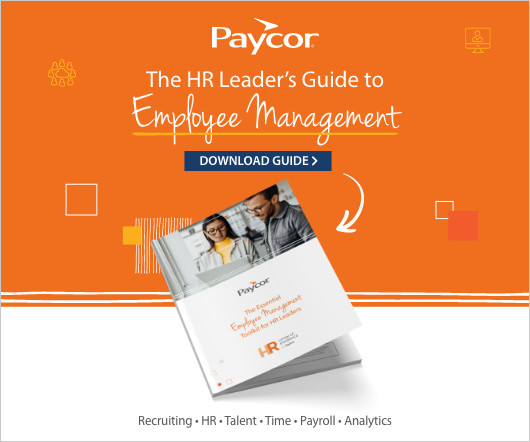Succession planning should be applied to all employees—not just top executives
HR Brew
AUGUST 21, 2024
But imagine if they had to do the same for the entire organization… Well, if you ask Colin Klein, managing director and co-founder of learning and development platform Skills Copilot for Microsoft 365, HR leaders should have succession plans for every role. To that end, he suggested a skills-based approach to succession planning.























































Let's personalize your content